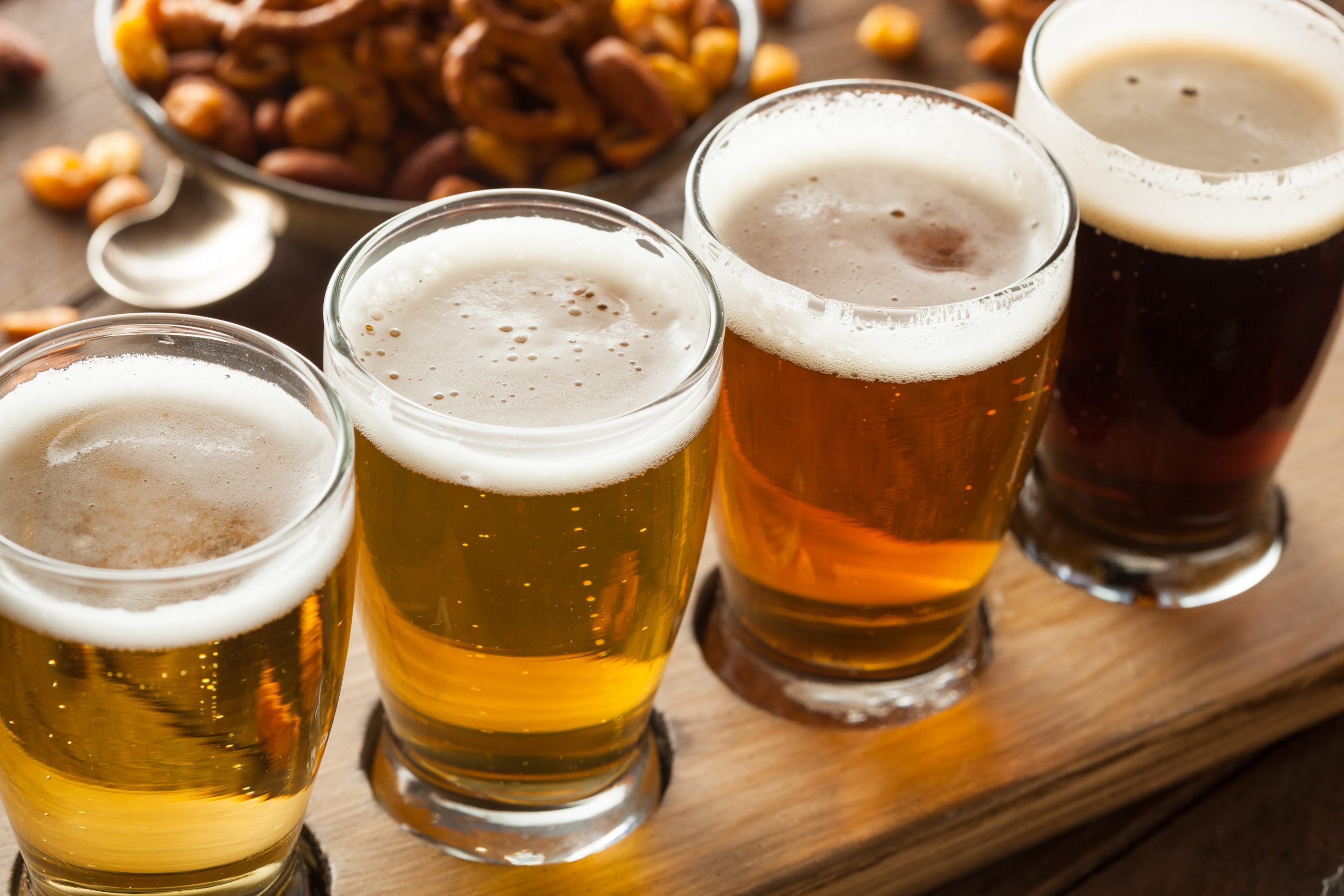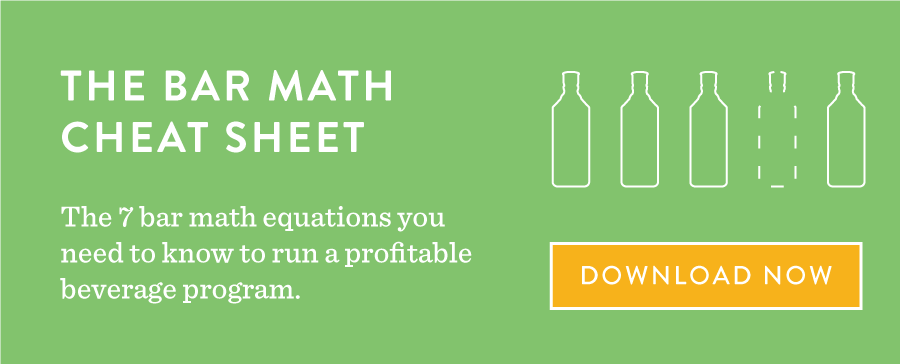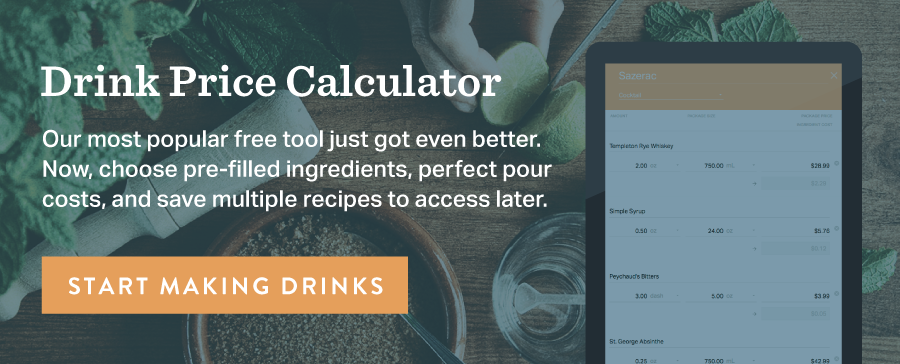


What’s on draft? Ostensibly, this is a question you’ll be hearing from thirsty and inquiring patrons. The question really begins with the bar manager. What a bar manager or beverage director puts out on their bar’s draft makes a statement about the type of bar they want to run, from sports bar to grungy dive to the high-end taproom.
In any bar, a healthy selection of carefully considered craft beer goes a long way, and, to get it right, an astute bar manager must master the art of selection. Here are some of the basic tips and tricks for putting together a great craft beer program.
A great way to pick which craft beers is to match them with the food menu you serve. Different foods will react differently with different beers, and some types of beer pair more naturally than others with specific food flavors. You can go even further by choosing pairings that will enhance flavors, complement one another, or cleanse the palate between courses. Here’s a (very) basic rundown of types of beer and how you can pair them with your food offerings:
IPA: Luckily, the best selling craft beer in America is also the most versatile. For the adventurous type, the Indian Pale Ale will increase the intensity of anything spicy. It will sit well with and complement most seafoods and burgers, and many types of smoked barbecue. It will also lighten the weight of heavier fare, mostly foods high in salt or fat from fries to steaks, cleansing the palate and readying customers for another round. The IPA is the swiss army knife of the craft beer arsenal.
Wheat Beer: Light and refreshing, this category covers everything from witbier to hefeweizen. Patrons looking to eat healthier, from salad to chicken to fish, will find the wheat beer to be a satisfying and refreshing choice.
Amber Ale: A perfect blend of malt and hops, the amber ale works equally well with the time tested soup and sandwich. Or, during the big game, it can act as a great complement to pizza and wings.
Porter, Stout, and Dark Ale: The beers at the dark end of the SRM (Standard Reference Method) chart are known as dessert beers for good reason. The traditionally heavier, sweeter beers match well with chocolate and coffee, especially since many contain hints of those very items. This is especially true of the porter and doubly so for the stout, as the richer malt taste will sit heavier in mouth. These heavier beers match well with heavier meals; barbecue, steak, ribs, mashed potatoes.
Tapping the right beer to accentuate your menu will present a consistent theme to satisfied patrons.

Another important detail to keep in mind as you assign taps is the weather and climate in your locale. Is it summer? Or are you located in a place with traditionally warm weather? You’re looking at guests who will be likely expecting a fruity or lighter wheat beer like a saison or hefeweizen.
Fall can bring a drop in temperatures, a crispness to the air, and the changing colors of leaves. A craft cider, whether served cold or hot or mulled, fits perfectly with the season.
In winter and colder climates, beers with a higher SRM like stouts and porters work best. They serve as a heavier choice with a likely higher ABV that causes people to feel warm. A rotating seasonal tap will keep things interesting for patrons, and allow you to see what fits best with your establishment and sells the quickest. We like to fall back on this prescient advice from the fine bartenders of JP Fitzgerald’s in Hamburg, New York:
“Its pretty hard to sell someone on a fruity, mango-infused beer in the middle of January.”
Times being what they are, odds are your town has a local brewery (or seven of them). It likely has a community of people that are part of the resurgent craft brewing scene around the country. Even if you don’t brew in house, featuring local brews on tap is a great way to connect with the community show your support for local businesses.
This is especially true for limited run and small batch brews, rather than just the beers that craft breweries offer all year long. Hosting a small batch on your taps now means that your establishment is part of an event, and gives people a reason to visit in a timely manner, lest they miss out on something that will soon be gone, perhaps never to return.
This isn’t to say that year-round brews don’t deserve a spot on your tap as well. As previously mentioned a craft beer can buck conventions of what certain types of beer are supposed to be, offering a unique, more complex experience for the discerning or adventurous drinker every time they visit your bar.
The aforementioned JP Fitzgerald’s sits less than twenty miles from no more than a dozen breweries, and has taken full advantage of the locale, filling their tap with eight drafts from seven different local craft breweries.
“Local sells really well with us. Local is big, the seasonal brews are big, and from there it all goes back to consumption.”
Whether your bar features three taps or thirty mapping out each and every one perfectly is key. There is no better way to create a unique, satisfying, and memorable experience than with a well-curated selection of craft beer. A discerning bar manager will know not only how each draft they select will impact their menu, but what will best represent the community they call home. And like at JP’s, a terrific taste that piques consumer interest will always speak, and definitely sell, volumes as well.

